Logan T. Sibrel’s journey as an artist began in the quiet town of Santa Claus, Indiana, where the natural rhythms of rural life shaped his earliest interactions with the world. “I was always drawing and painting just kind of as a pastime,” he explains. “Because of where I grew up, which was quite rural and, you know, not necessarily a lot to do, I just ended up kind of being in nature all the time or drawing.” Surrounded by fields and woods, he found inspiration in the simplicity of his environment, gradually developing a deep and personal connection to the act of creating. His early curiosity and steady engagement with materials laid the foundation for a practice that would eventually evolve into a professional career.
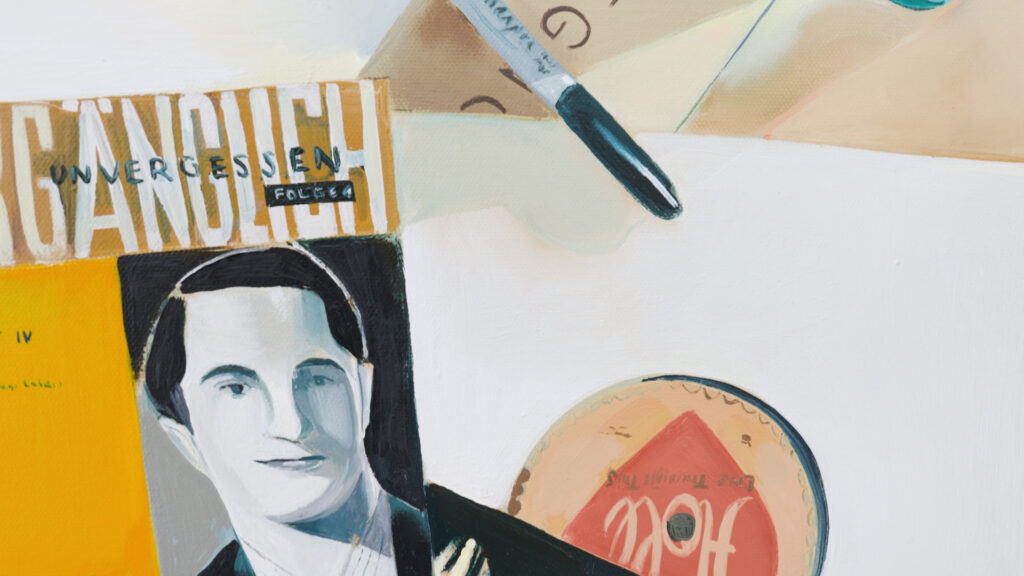
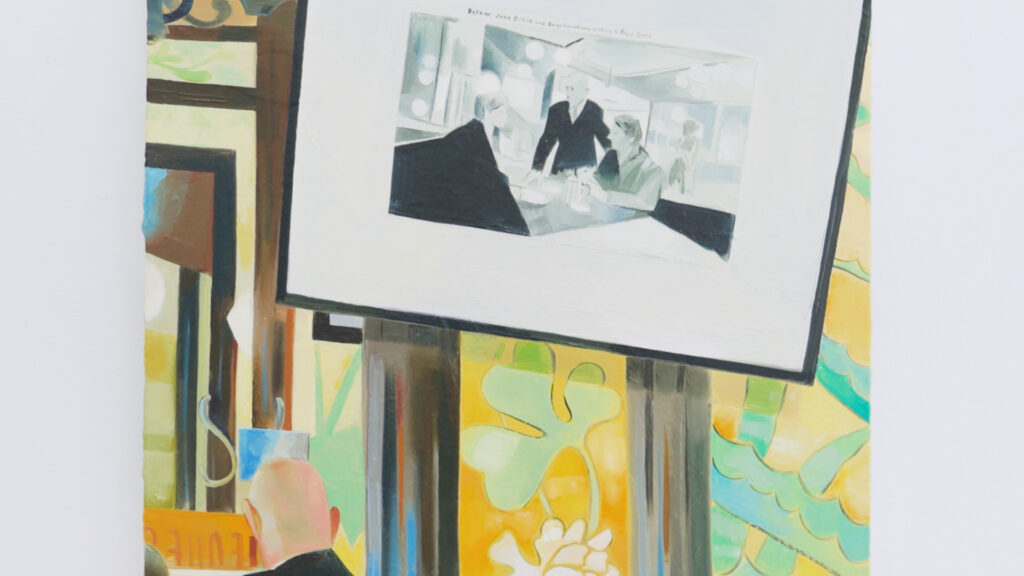
By the time he reached high school, Sibrel’s dedication to art had become unmistakable. “In high school, the art teachers at my school were actually pretty good, and at a certain point I remember one teacher specifically basically let me design my own courses,” he recalls. School competitions and projects became opportunities to refine both skill and vision, offering validation that his artistic instincts were worth pursuing. This encouragement fueled his decision to enroll in Indiana University’s BFA program in Bloomington, where he honed technical proficiency in painting from models and still-life setups. “While at the time that foundational stuff was kind of frustrating, I do really value the formal skills that I picked up,” he reflects, acknowledging how structure and discipline would become essential to his development as an artist.
After undergraduate studies, Sibrel looked beyond Indiana to graduate programs that could expand his conceptual and geographic horizons. “I knew that I wanted to be either in New York or somewhere in Europe,” he says. Parsons School of Design in New York offered him a scholarship and an environment dramatically different from his formal training, emphasizing conceptual exploration over traditional technique. “It’s nice to be in a situation where you have, like, a frustration to butt your head up against a little bit. It keeps you moving in a way,” he explains. This shift challenged Sibrel to experiment, rethink his practice, and embrace new modes of visual thinking, marking a pivotal stage in his career.
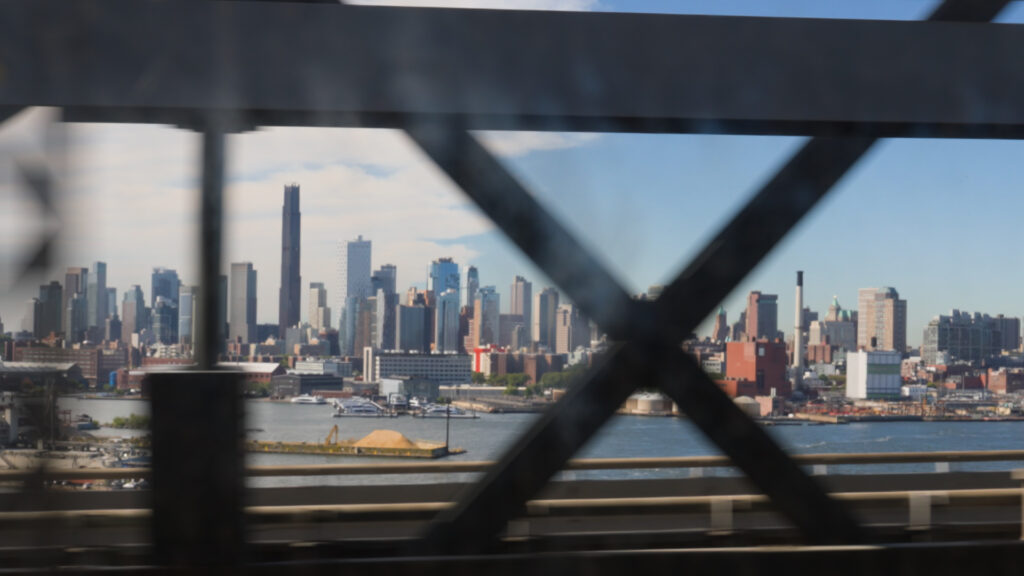
Early post-graduate years in New York presented both opportunity and challenge. “Right out of school, you kind of scramble to get people into your studio and get as many eyeballs on your work as possible,” he remembers. In an era just before social media reshaped the art world, Sibrel navigated exhibitions, networking, and studio visits with resourcefulness. “I would just take absolutely any show that was offered to me, regardless of, you know, trying not to be too snobby about it,” he recalls. Those formative experiences instilled resilience and reinforced the importance of remaining engaged, adaptable, and committed to craft above all else.
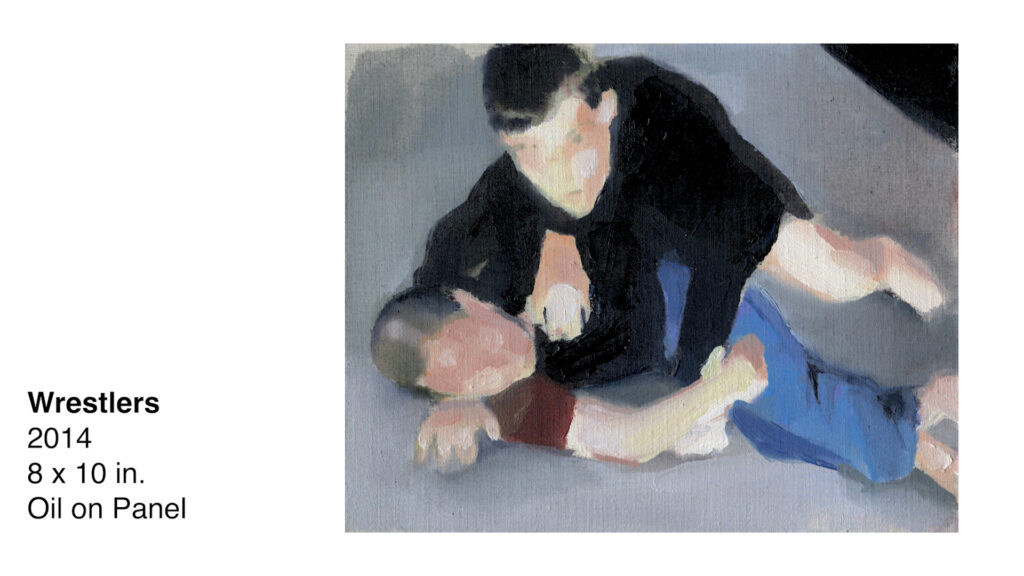
During this period, Sibrel also explored diverse forms of work to sustain his practice financially, including illustration and fashion-related projects. “All that it took to do this full time was, like, a little bit extra, you know, a little bit extra time devoted, and I was working full-time jobs all the time,” he says. These roles offered practical experience while allowing him to continue painting, eventually culminating in the realization of his goal: to devote himself fully to his studio work. “I think a big goal is always to just kind of keep mixing it up as much as I can,” he adds, underscoring the ongoing importance of experimentation and curiosity in his process.
Sibrel’s studio practice is marked by rigorous discipline and a deep engagement with each work. “I’m always kind of thinking, okay, how do we push this further? How do we stay engaged and avoid things that can be a crutch in my work?” he says. Each painting becomes an opportunity to explore new techniques, compositions, and emotional resonances. He treats his body of work much like a curated sequence, akin to constructing a mixtape: “Not every track has to be a banger. It has to work in concert,” he explains. This perspective emphasizes the cumulative effect of a series, where the interplay between individual works deepens the viewer’s experience.
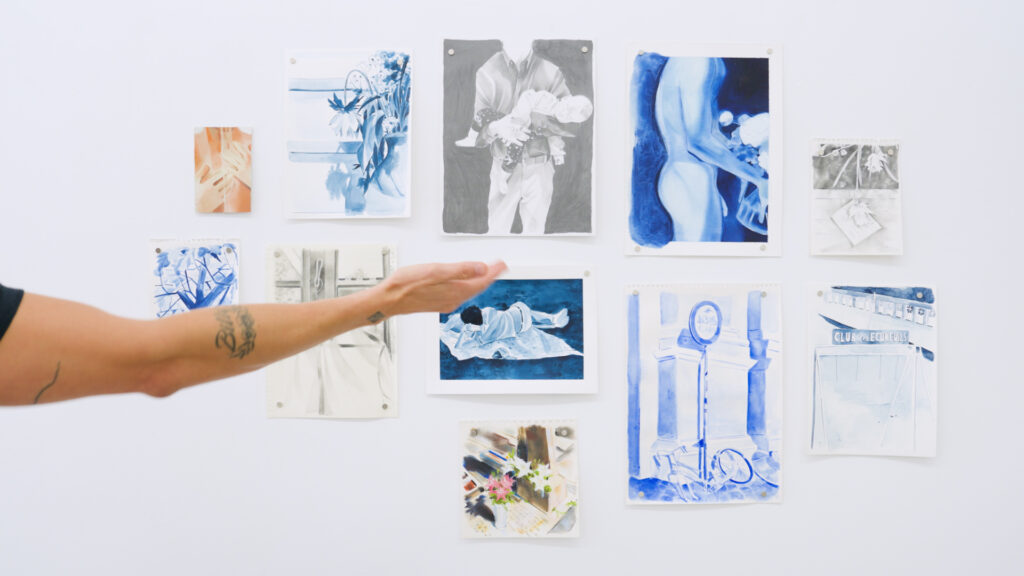
Teaching has also been a meaningful component of Sibrel’s artistic life. “I think it would be good to have that kind of conversation and especially like an intergenerational conversation,” he says, reflecting on past experiences leading painting courses. For him, teaching is a space of mutual enrichment, offering both dialogue and reflection, and informing his own work by exposing him to fresh perspectives and ideas. This engagement bridges the personal and communal aspects of art, demonstrating Sibrel’s dedication to fostering meaningful exchanges in the creative community.
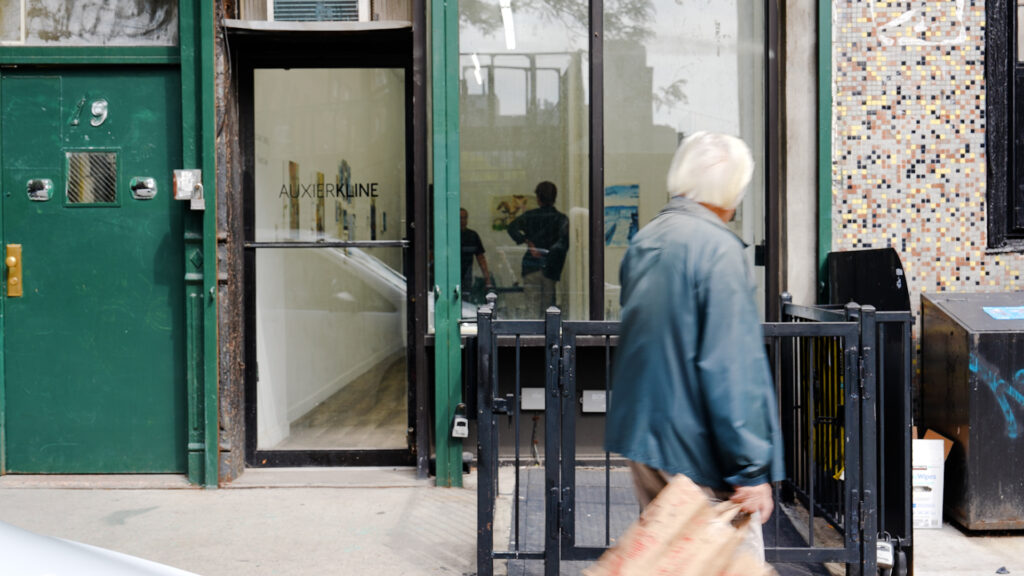
Sibrel’s current exhibition at Auxier Kline, Thought Cage, exemplifies his commitment to both individual and cumulative meaning in painting. “I really wanted these works to coexist in a way that the viewer could experience them as a sequence, and not just isolated pieces,” he explains. The show, which opened on September 5, 2025, and runs through October 3, 2025, includes new paintings and works on paper that blur the boundaries between still life and portraiture. Figures are partially obscured, inviting viewers to project themselves into the scenes, while carefully rendered details anchor each composition. “It’s about intimacy, identity, and the spaces between the personal and the universal,” he says, emphasizing the reflective and immersive qualities of the exhibition.
The development of Sibrel’s work has been guided by a balance of discipline, exploration, and curiosity. “You really only grow as an artist by putting in the hours and paying attention to the small decisions in each work,” he reflects. From his childhood in Santa Claus, Indiana, to the studios of New York, Sibrel has cultivated a practice rooted in patience, observation, and intentionality. His paintings navigate the intersections of concept and craft, intimacy and universality, offering viewers a nuanced and resonant encounter with contemporary painting.
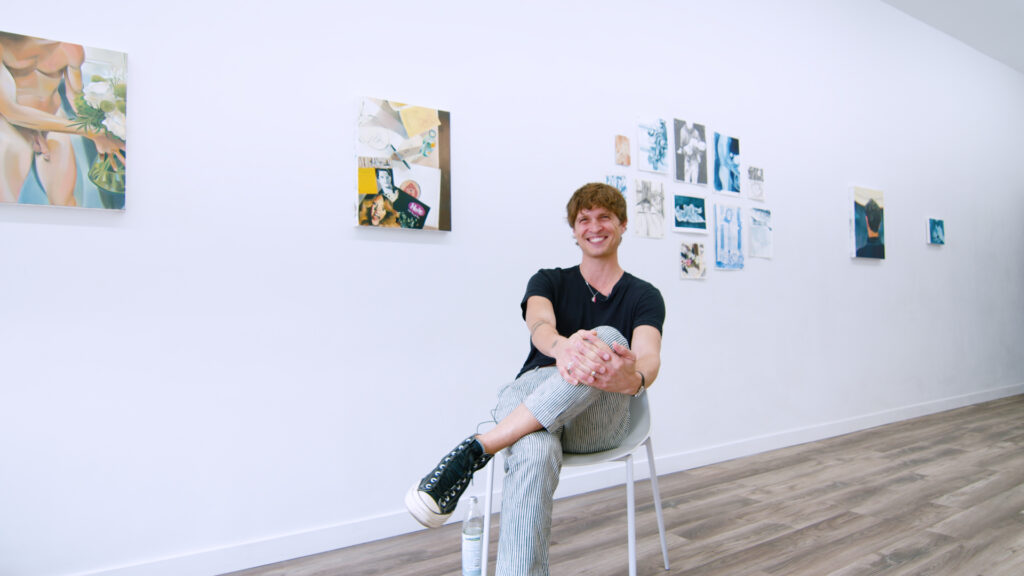
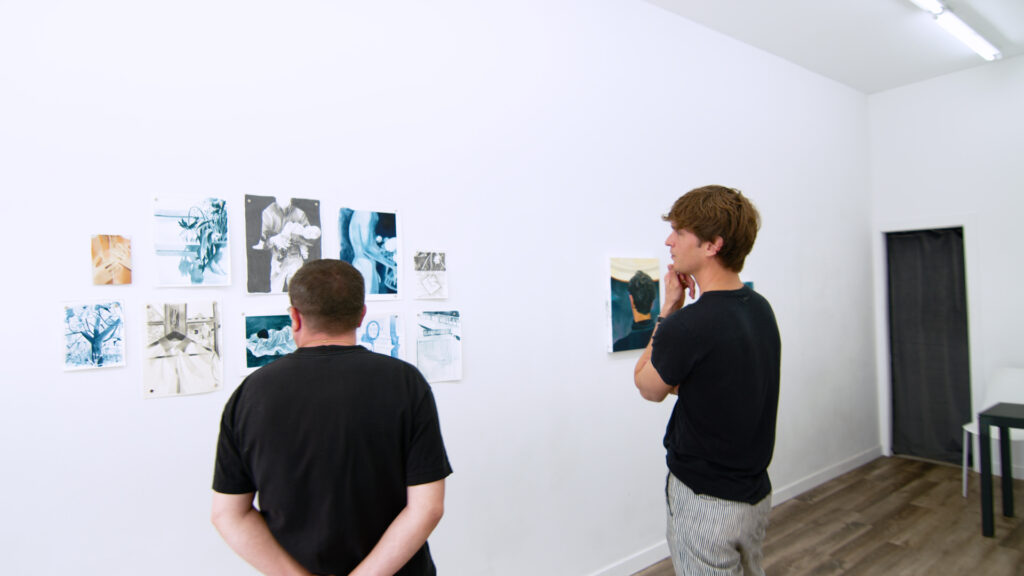
Ultimately, Logan T. Sibrel’s career is defined by persistence, curiosity, and an unwavering dedication to the medium. “I want my work to continue evolving, and I want to keep exploring new territories in each piece,” he says. Through disciplined studio practice, thoughtful teaching, and exhibitions like Thought Cage, he creates spaces where observation, reflection, and imagination intersect. Sibrel’s art invites audiences to slow down, consider the layers of experience embedded in each canvas, and engage with a painter who has transformed early curiosity into a lifelong exploration of form, emotion, and meaning.

This is inspiring. Thanks for sharing your knowledge.